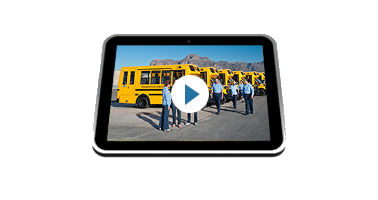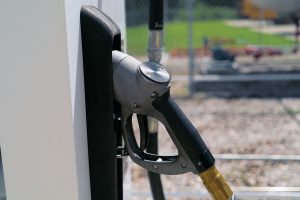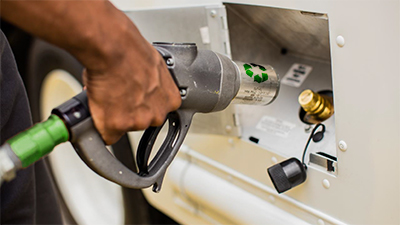Propane: A Bridge Fuel or the Destination?
It’s hard to believe May is upon us. It has been an action packed few months, and we just finished a week at the premier alternative energy conference in our industry: ACT Expo. Battery electric vehicles were clearly the primary focus, but a lot of the discussion centered around challenges with charging infrastructure and how clean (or not) our electric grid is. One thing that’s pretty clear is that the recent rulings by EPA and CARB related to tightening NOx standards will likely drive a significant shift in class 4-7 vehicles from diesel engines to something cleaner and lower cost.
The discussions at ACT Expo really support the message we’ve been preaching for more than a decade: propane autogas is viable as a key solution to make the transition possible. Despite its strong record as a sustainable, readily available alternative fuel, propane is often referred to as a “bridge fuel” to a fully electric future. While our team at ROUSH CleanTech agrees that propane could pave the way for other fuel technologies to become mainstream, we must ask the question: How long is that bridge?
We are really bullish on the future of electrification, BUT we also understand that the challenges related to upfront costs, supply chain, materials, charging infrastructure and grid resiliency may cause the adoption curve to be slower than the experts predict.
Because of these headwinds and the emergence of significant renewable propane supply, we believe that propane is no longer a “bridge” but rather a destination transportation energy.
Propane has staying power for so many reasons. With more than 100 years on the market, propane is a widely available and commonly used source: 700 million gallons are used in the transportation industry. In fact, the global propane market is the same size as the aviation fuel market and as well as the marine fuel market. Not only is propane inexpensive to manufacture, it’s cost-effective to store and economical to transport.
Adopting propane as one of the alternative fuel destinations for our transportation needs makes sense logistically, financially and environmentally.
And, as we gaze into the future, let’s not forget that renewable propane will soon be crossing that bridge. Once fleets adopt renewable propane — either as a stand-alone fuel or as a drop-in fuel — they’ll operate with the same power and reliability as conventional propane, but with even lower carbon emissions. Renewable propane has an ultra-low carbon intensity, and at the point of combustion it’s actually carbon neutral.
There is no silver bullet. We need all available options – battery electric, hydrogen fuel cell, propane, natural gas and renewable diesel – to help fleets make the required transition.
We know it’s complicated, but we look forward to you leaning on us for support as we continue this journey together.
Happy Mother’s Day! Summer is almost upon us!
Here’s what I’m reading this month:














